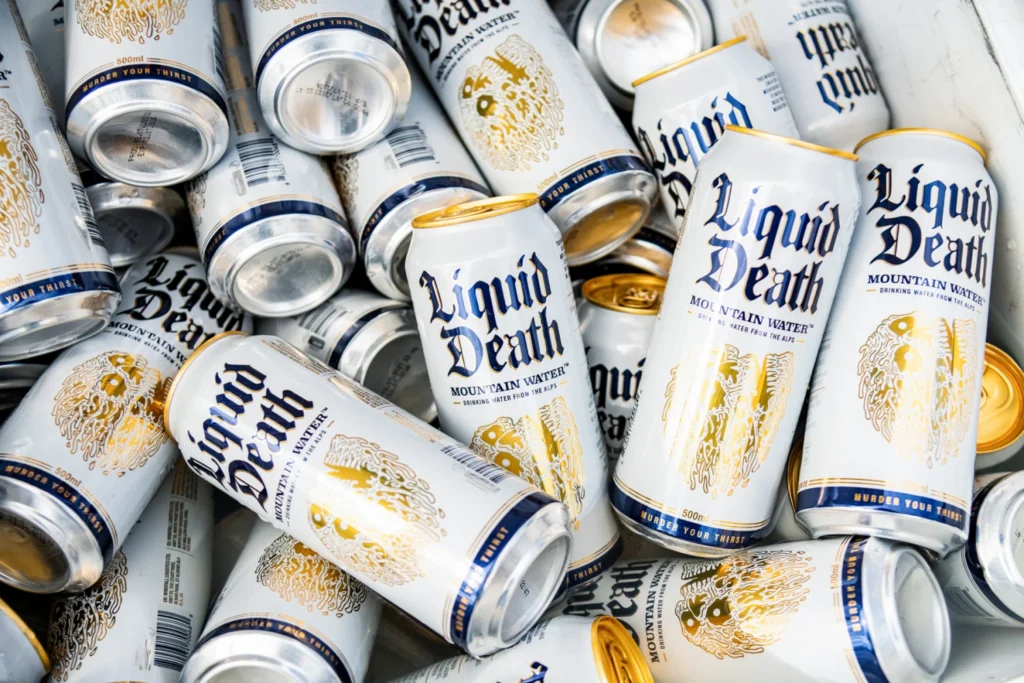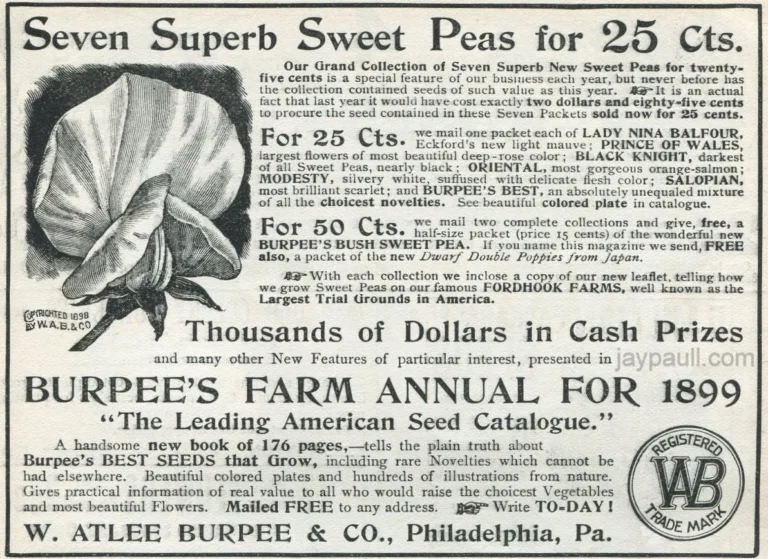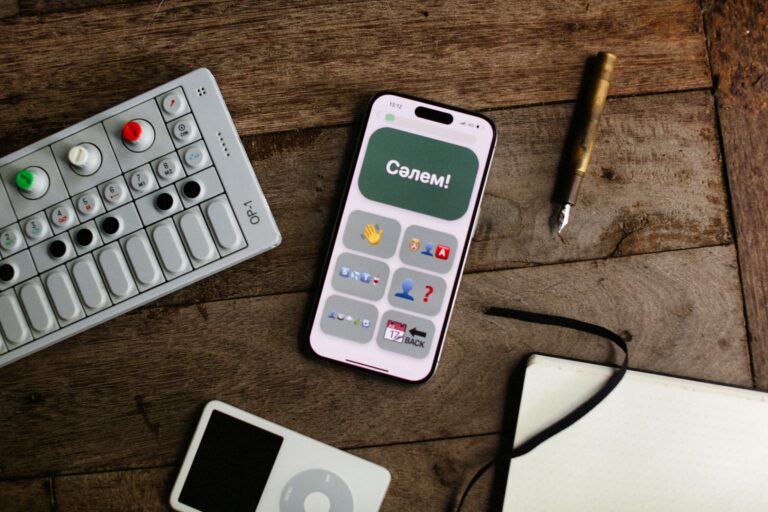
U.S. Brands That Broke the Mold
1. Liquid Death – Murder Your Thirst
What do you get when you mix mountain water with heavy metal branding? A viral sensation.
Liquid Death’s entire existence is built on brand differentiation. Their irreverent tone, skull-laden packaging, and offbeat ads (including one featuring kids shotgunning water) made them impossible to ignore. They weren’t selling water. They were selling rebellion, hydration with edge.
And it worked. As of 2024, Liquid Death is valued over $700 million—proof that niche can go mainstream if you’re loud and proud.
2. Oatly – Milk, But Make It Political
Oatly, the Swedish oat milk brand that stormed into the U.S. market, didn’t just sell an alternative to dairy. It sold a mission. Their copy reads like a personal blog, their ads break the fourth wall, and their CEO even appeared in a weird, off-key Super Bowl commercial. People hated it—and talked about it.
That’s the beauty of brand differentiation: you don’t need everyone to love you. You need some people to love you enough to talk about you.
Also Read : The Man Your Man Could Smell Like: A Marketing Masterpiece
3. Patagonia – Purpose Over Profit
When Patagonia told customers not to buy their jackets in a now-famous New York Times ad, it wasn’t reverse psychology. It was brand identity. Patagonia’s commitment to environmental activism goes beyond messaging—they’ve donated 100% of their profits to planet-saving causes.
By taking a hard stand, they built one of the most trusted brands in the U.S. outdoor space. Patagonia proves that different isn’t just loud—it can be values-driven too.
What Differentiation Actually Looks Like
Brand differentiation isn’t just a new logo or tagline. It’s a full commitment to clarity, contrast, and consistency. Here’s how successful brands do it:
- Clarity: They know what they stand for and say it clearly. (Think: Nike’s “Just Do It” or Dove’s Real Beauty campaign.)
- Contrast: They look, sound, and behave differently than others in the category.
- Consistency: Across touchpoints—from website to customer service—they stay true to their brand DNA.
When these elements align, the result is memorability. And in a crowded market, that’s half the battle.
Continue reading…
Next, we explore how small businesses and personal brands in the U.S. can use these same principles to break through the clutter—without a Super Bowl budget.


